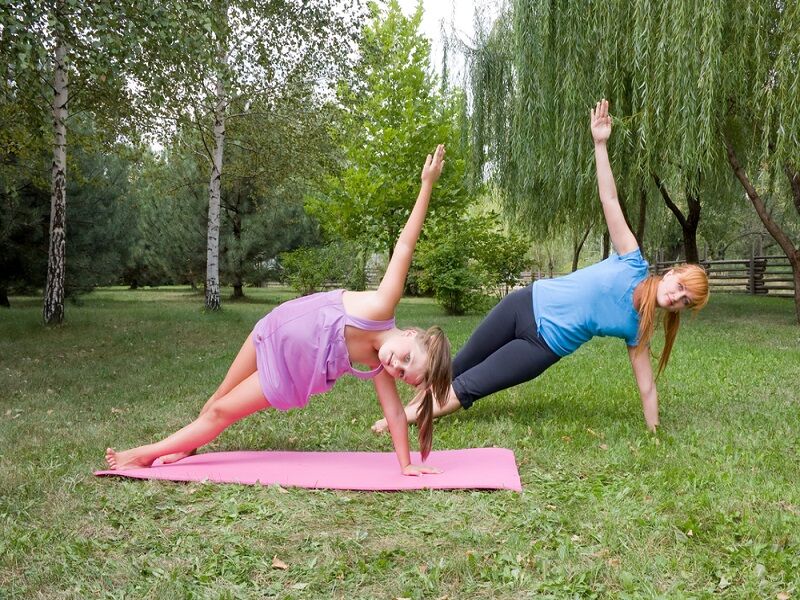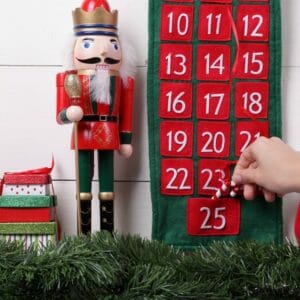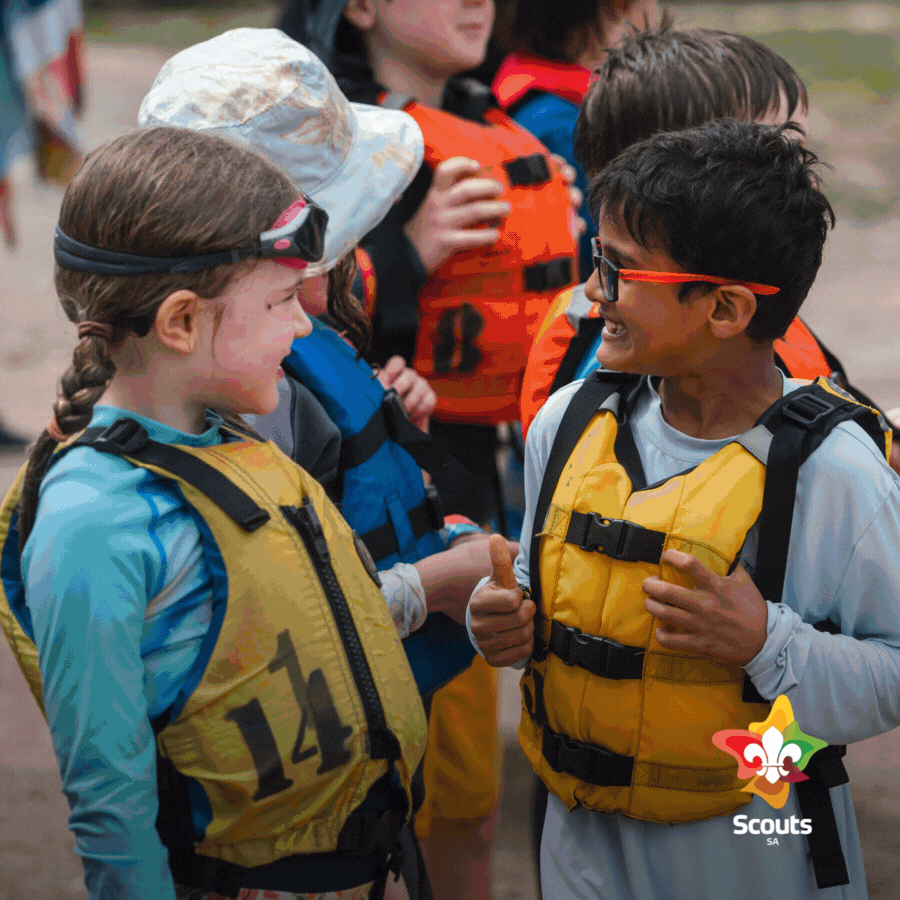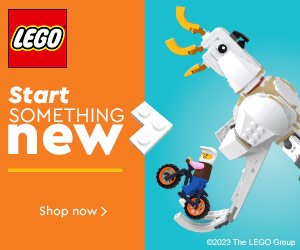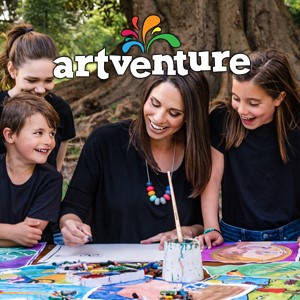As an Aunty to several beautiful nieces and nephews, I’m always looking for new activities to do to keep them all fit, healthy and happy. Pilates is a great activity for kids. It improves flexibility, strength, balance and posture, assists to maintain an ideal bodyweight, assists with injury rehabilitation, encourages participation in regular exercise, and improves self esteem among many other benefits.
Whether your child is the next Olympian or you just want to encourage involvement in some type of physical activity, Pilates can be suited to any fitness level.
Pilates for adults often requires a great deal of concentration and focus but with children Pilates needs to be fun and more about just moving. It’s about developing good body awareness and good mind body control by incorporating Pilates based exercises and principles into play. This can be achieved by using lots of tools such as foam rollers, gym balls and chi balls; as well as making up games like renaming the exercises after animals.
Pilates is similar to karate, ballet and gymnastics in that it does teach children a level of calm, coordination and control. Children who don’t otherwise find a sport or physical activity appealing might like the gentle, slow nature of Pilates exercises. The effects may even translate to children being more coordinated and therefore more likely to participate in sport.
The health and wellbeing of today’s children is compromised by a culture of convenience, advancing technology and increasingly sedentary activity. Encouraging children’s involvement in a wide variety of physical activities can only be a good thing.
As children grow and develop, this is when they formulate the physical attributes that they will take through life. Pilates can teach children the correct way to walk, sit, stand and bend; thus alleviating pain and reducing the potential for injury both now and into the future. When trunk stability is absent, sitting and standing for extended periods in school can be difficult. If children are expending their energy maintaining stability, their stamina for homework and other after school activities may be depleted. A strong trunk conserves their energy and allows them to be more attentive at school.
I’ve compiled some Pilates exercises for you to try at home with your kids;
- An oldie but a goodie – Practice walking around the house with something balanced on your head like a book. This encourages being tall and lengthening through the spine to stop slouching postures!
- Balance on something wobbly like a pillow, especially on one leg – This helps to improve balance and reaction times.
- Sit with a partner with your legs out straight, put your feet together and hold hands; taking it in turns to pull one person toward the other and stretch out the back of your legs and back. Don’t bend your knees!
- Lie on your back now, with your feet up against your partners and try to sit up and touch hands and then lie back down again.
- Sit up nice and straight on a gym ball and practice lifting one leg up at a time – this also encourages good postural control, good balance and quicker reaction times.
- Lie with your feet up on a gym ball and practice lifting your bottom up into the air – this will encourage good strength and assist with running and jumping.
There are many other ways to include Pilates exercises in your children’s play to assist their development and encourage ideal fundamental movement patterns both now and into the future.
Lisa Rogers is a Physiotherapist and Pilates Practitioner at Smart Health Training & Services

Web: https://www.smarthealthtraining.com.au/
FB: https://www.facebook.com/Smart-Health-Training-and-Services
P: (08) 8293 1100
E: reception@smarthealthtraining.com.au
Address: 12-22 Richmond Road, Keswick







